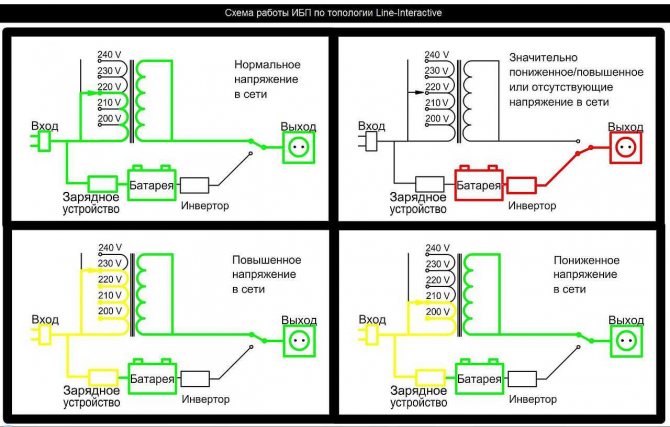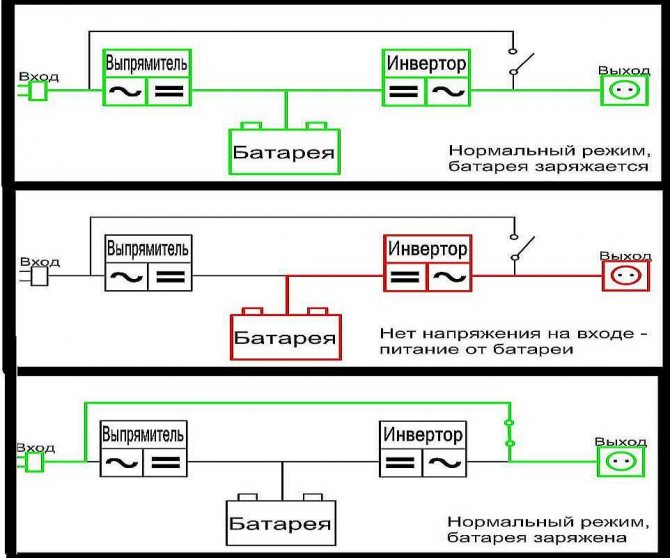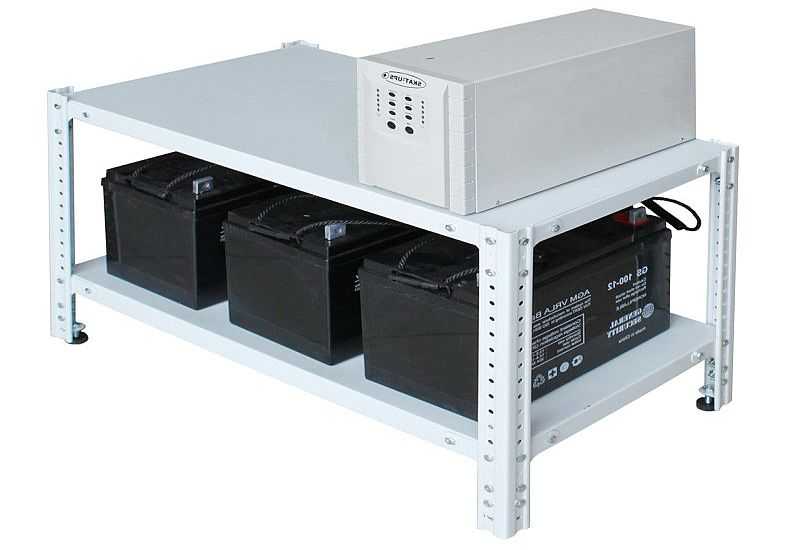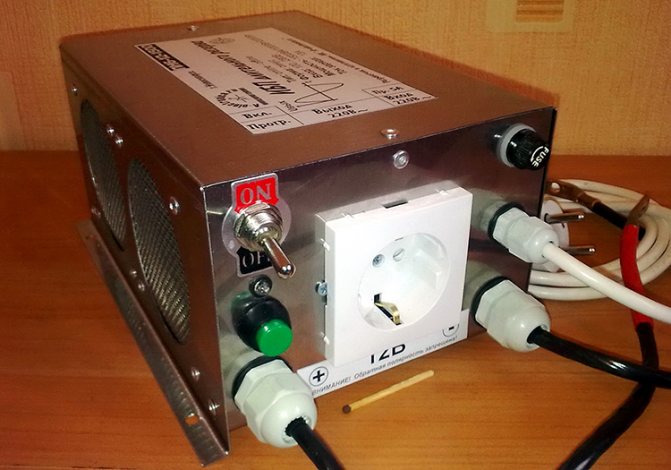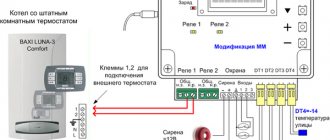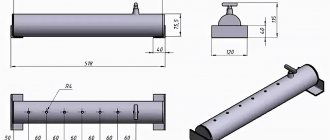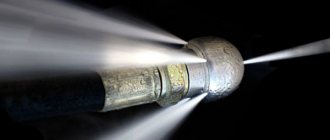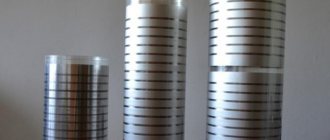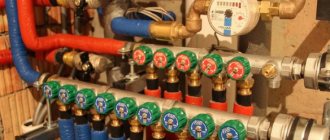When installing a volatile heating boiler with a circulation electric pump and an electronic control unit, manufacturers recommend buying an uninterruptible power supply for a gas boiler (UPS). This electrical device will not only provide an opportunity for the heat supply system to function in the absence of voltage at the input of the subscriber unit, but is also able to protect the control unit and automatic protection against power surges in the network that can disable the boiler electronics.
UPS design and benefits
The design of an uninterruptible power supply usually includes two modules: a current stabilizer and a storage battery (accumulator battery), which can be either one or one of several. This device has the following advantages:
- Simple assembly and UPS connection (done independently, without the involvement of specialists)
- Stability output voltage characteristics
- Long service life the UPS itself, as well as an expensive heating boiler
- No need for constant maintenance, and minimum costs during operation (except for the battery, which will only need to be replaced after a few years)
- Noiselessness device operation
It is preferable to install a UPS and battery for a gas boiler in places well protected from moisture, namely, in a specially designed sealed cabinet located as close as possible to the ventilation shaft. This arrangement will protect the equipment from possible moisture loss in the form of condensation and provide some cooling.
Features of choice for gas boilers
An uninterruptible power supply for a gas boiler must be selected so that it supplies a voltage of the correct shape - as close as possible to an ideal sinusoid. In this case, the phase synchronization of the sinusoid is also important.
All these requirements are necessary to ensure the normal operation of the control unit. In most imported gas boilers, automation is assembled on the basis of electronics, and it is demanding on the quality of power supply. To assess how important this requirement is, it is worth saying that, according to the statistics of service centers, about 40-55% of breakdowns of gas boilers are associated with the failure of the control board. At the same time, the boards are almost never repaired. They just need to be replaced.
This is how the block diagram of the UPS connection looks like.

It is also worth remembering that the failure of the control board due to unstable power supply is a non-warranty case (for almost all manufacturers). So the cost of the board and its replacement have to be paid out of your own pocket. Moreover, many boards are delivered "to order", and this is a few weeks of waiting. How to heat the house at this time is an interesting question ... If you also remember that the cost of the board is about 40-50% of the cost of the unit, you involuntarily think about purchasing a high-quality and reliable uninterruptible power supply for a gas boiler.
The good news is that for one UPS of sufficient power, you can "add" the rest of the equipment that requires high-quality and guaranteed power supply, or you just want to ensure its uninterrupted operation. Most often these are computers, televisions and a couple of emergency light bulbs.
UPS operating principle
After connecting the boiler via the UPS, the heater is operating and the battery is being charged at the same time.The stabilizer equalizes the frequency of the alternating current and protects against all kinds of voltage surges. In the event of a power outage, the automation instantly transfers the load to the internal battery... The non-volatile UPS operation time depends on two parameters:
- on the capacity and number of batteries
- from the power consumed by the electrical equipment of the gas boiler
The built-in filter of the device additionally provides accurate values of the supply voltage and frequency of electric current in a wide range without connecting to a battery.
How to choose an uninterruptible power supply
An uninterruptible power supply, or as it is also called UPS, is designed to stabilize electricity. However, in order for the device to serve for a long time, it is necessary to choose the UPS correctly, as well as to correctly mount it, for which there is a special instruction and a wiring diagram for the main elements.
When choosing an uninterruptible power supply, be sure to pay attention to parameters such as:
- Power;
- Battery life;
- Battery type.
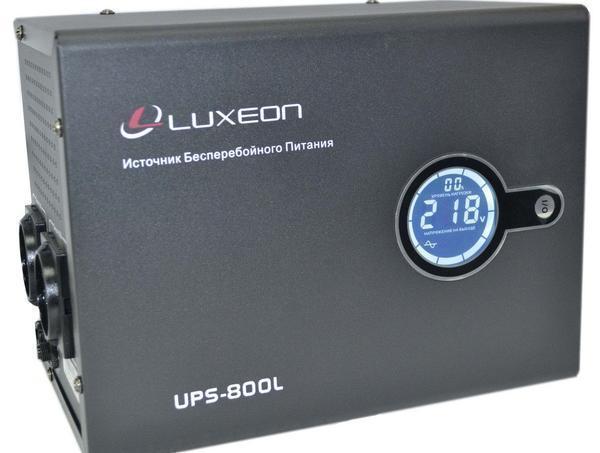

To select the optimal power of the device, you need to find out the total electrical power of all devices that will be connected to it. The result obtained must be multiplied by 1.3 and the result is the required power of the device. To determine the operating time of the uninterruptible power supply link, you need to plan the maximum battery life and purchase the appropriate number of batteries.
Varieties of uninterruptible power supplies
By type of installation devices are available in two types:
- Wall - small UPS for domestic purposes, equipped with small-capacity batteries (sometimes there are modifications with the ability to connect an external battery, which can be installed separately)
- Floor - a more powerful UPS capable of supplying power to a significant load (block devices are available for industrial operation, which are combined to increase power).
According to the technical device, they are divided into 3 types:
- Off-line (or backup) - simple power supplies, the design of which does not have a stabilizer, which is why they are used exclusively in networks with stable parameters. Possess small dimensions, small weight and the most affordable price.
- Line-interactive (otherwise linear-interactive) - differ from the previous type by the presence of a simple stabilizer. As a rule, they independently ensure the operation of gas equipment for 15-20 minutes, when using an external battery, it is possible to increase this time to 8-10 hours.
- On-Line (UPS double conversion) - represent a system of autonomous backup power supply. Equipped with high-precision voltage stabilizers, they have significant power. The principle of operation of such a device consists in double sequential conversion of the input voltage: the rectifier converts the alternating current into direct current, and then the inverter makes alternating current from the direct current. Also, the On-Line UPS is distinguished by the ability to instantly transfer power to the batteries. However, such a number of advantages come with a corresponding cost - the price of a double conversion UPS is much higher.
Power supply selection criteria
Let's start with the problem statement. When the light is turned off, the "uninterruptible device" for the boiler must instantly take over the function of an external power source and maintain the operation of the heating equipment until the power supply is resumed.
Simplified, the principle of operation of the UPS looks like this: in normal mode, the unit converts alternating current into direct current and charges the battery. When the voltage in the network disappears, the reverse process occurs - the direct current of the battery is converted into alternating current, which is supplied to the boiler.
Uninterruptible Power Supply for a Domestic Boiler
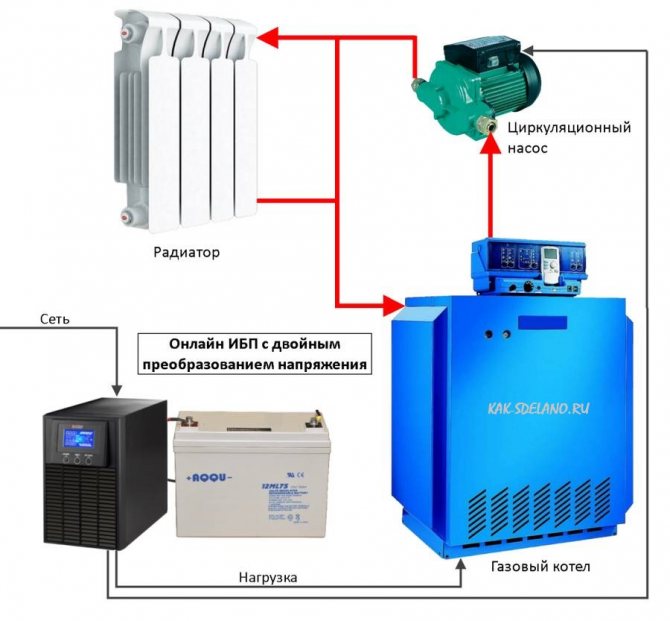

Several types of backup power supply devices are sold in online stores, the price of the units fluctuates in a wide range. To choose the right UPS without unnecessary overpayments, consider 3 factors:
- power consumption of the boiler and other equipment - additional pumps, fans, electric drives on mixing valves, thermostats;
- duration of battery life;
- quality of electricity in the area of residence.
Note. Poor-quality power supply implies frequent outages, strong voltage drops in the network, or the use of a gasoline generator.
Now we will analyze the listed factors in more detail.
How to determine the capacity of a UPS
Since all modern heating systems use from 1 to 10 circulation pumps, the "uninterruptible power supply" must withstand high starting currents. At the moment the unit is turned on, this indicator increases at least 2 times (on more powerful pumps of the water supply system - 3 times). We calculate the power of the power supply as follows:
- We find out the energy consumption of each piece of equipment - a boiler, stand-alone circulation pumps, fans or smoke exhausters of a TT-boiler, electric drives, pellet / diesel burners.
- We summarize the obtained data, multiply the result by 2.
- We select a UPS whose power is equal to or greater than the received figure.
If you approach it scrupulously, then it would be necessary to double only the power of the pump and fan motors, because the electronics do not create inrush currents. But the share of electronic systems in total energy consumption is so small that it makes no sense to count it separately.
Reference. The power consumption of a wall-mounted gas boiler is registered in the unit's passport or on a plate attached to the body. For most pumps, the parameter is indicated on the end, next to the screw.
Example. A gas boiler plant consumes 130 W, an additional pumping unit - 82 W. The minimum power of the uninterruptible power supply will be (130 + 82) x 2 = 424 W.
UPS Selection Guidelines
The main optionsto consider when choosing a UPS:
- Power consumption (namely the electric power of the boiler pumps and its automation). It must be remembered that circulation pumps consume a significant starting current, therefore, in practice, the power according to the passport is increased three times.
- Required battery life... This indicator is calculated according to the capacity of the batteries and the power of the load. The dependence here is simple - the larger the capacity and the lower the load, the longer the battery life.
- In the case when power outages in the house are frequent and rather long, you should opt for the device UPS class LT (long time)which, as a rule, do not have their own built-in batteries, but are equipped with smart chargers with increased power. The ability to connect external batteries of absolutely any capacity to them will allow you to calculate the capacity required for these conditions.
General information
UPS is a device providing secondary power to devices when the main source is disconnected. It also protects connected to it anti-interference devices like:

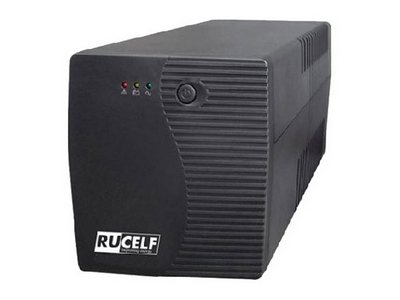
a sharp increase, decrease, loss of voltage;- voltage surges;
- frequency fluctuations;
- high-voltage impulse noise.
Main components:
- Converter. Converts and stabilizes current.
- Switch. Timely switches the device connected to the UPS from the main power to the backup power, preventing the latter from shutting down or rebooting.
- A battery or other device that stores electricity.
Customer Reviews
A year ago I bought IPP IPPON Smart Winner - 1000. I am very satisfied. The network quite often sags to 170 V, but now there are no problems with the operation of the boiler.In the event of a complete power outage, the boiler is enough for 30-40 minutes of continuous operation. "
I have an Inelt LT2-500VA pure sine uninterruptible power supply installed. I don’t know how much it will be able to maximize the operation of the boiler, but in a 5-hour power outage, the wall-mounted boiler worked without problems. It perfectly stabilizes the voltage of 160-270 V, maintains a battery charge of 200 A. Another plus is that a cooling cooler is installed inside, which automatically turns on if necessary. "
I use SKP 500A - cheap and cheerful. During autonomous operation, it stably provides an output signal with a pure sine wave, however, only for 5-7 minutes at maximum load. "
UPS models
PN-1000 energy is a powerful backup power source. Thanks to the built-in stabilizer, the device provides the rated output voltage when the mains voltage changes within 120-275 volts. The waveform in the form of a smooth sine wave is perfect for supplying reactive inductive loads, such as the electric motor of a heating system pump. The PN-1000 energy together with the Delta DTM 12100L 100A / h battery provides uninterrupted power supply for the 150W heating pump for 8 hours. The device has a built-in line noise filter, information display and RS-232 interface.
This and other voltage stabilizers for the heating system from the Energia company can be found on the website of the official representative of the Energiya.ru company.
The compact emergency power supply Teplokom 222/500 is intended for use in heating gas systems. This simple device with a single-phase relay-type regulator allows operation with a load not exceeding 230 W.
The universal stabilizer Skat ST 1515 provides a voltage of 220 V with network fluctuations from 145 to 260 V and a frequency value of 50 Hz ± 1%. If the voltage exceeds the specified parameters, the load will be disconnected automatically.
Summing up
Based on the operational requirements for electric motors of heating pumps, the UPS must provide the following parameters:
- The voltage form is a smooth sinusoid;
- Power reserve - not less than 20%;
- Automatic load disconnection;
- Minimum switching time to reserve.
In addition, the device must operate in a certain temperature range, have a device for indicating modes and physical quantities.
Read with this:
Inverter voltage stabilizer for home: features, advantages and selection criteria
Stabilizers - popular models
Choosing an electronic voltage regulator: principle of operation and characteristics
Uninterruptible power supply for a gas boiler: types, features and selection criteria
Did you like the article? Share with your friends on social networks!
